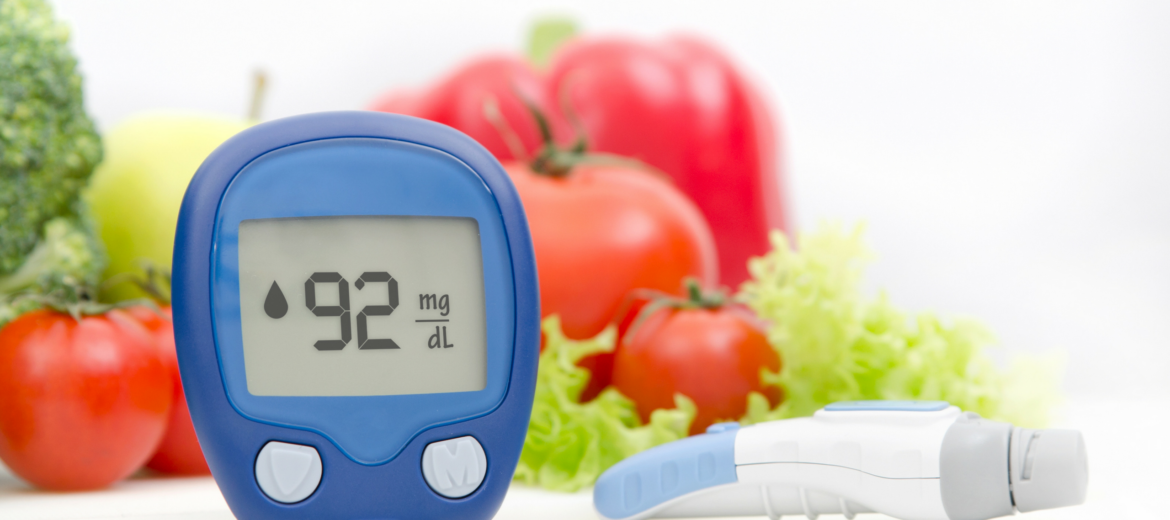The glucometer is a convenient way to measure the glucose levels in your blood. Jahanvi, 12 years-old with type 1 diabetes, is already adept at handling her glucometer.
“Adjusting to the daily glucose testing was hard at first, but it’s a better alternative than going to the lab repeatedly,” she says.
What is the use of a glucometer?
“We encourage patients to invest in a glucometer. It’s a handy sugar testing machine” says Dr. A.S. Lata, Consultant Endocrinologist at Sitaram Bhartia Hospital.
“You can slip it into your purse or briefcase and carry it around, no matter where you go. “
This portable machine makes diabetes testing at home easy for many reasons. It lets you:
1. Monitor your sugar levels with ease
A glucometer is essential for people with diabetes. Unless you regularly monitor your blood glucose levels, managing diabetes becomes difficult.
“I had to check my glucose 6 times a day, every day for six months,” recalls Jayati. With her glucometer, she conveniently tracked her glucose levels in the comfort of her home.
Mahendra, 58, has been using a glucometer to monitor his glucose levels for 22 years. “If my blood glucose is high in the mornings after a heavy dinner, I can bring them down by eating smaller meals or exercising more.”
Measurement always helps according to Mahendra as it is a form of self-regulation.
2. Compare your sugar levels for better assessment
Use a glucometer to keep track of your glucose before and after meals.
Pre- and post-prandial ‘sets’ create a comparison between blood glucose levels before and after the meals.
“My glucometer helps in regulating the dosage of insulin by keeping track of these sets,” says Jayati.
3. Create and observe trends in sugar levels
The glucometer gives a trend of your glucose readings. These trends create an approximate range of high and low glucose levels.
“My glucometer stores upto 300 readings and provides an average of my daily glucose levels.” Noting these trends helped Jayati keep up with her daily targets and control her diabetes better.
“I can keep track of my monthly average using the device which makes discussions with my doctor easier,” says Mahendra.
Use the glucometer to verify your blood sugar
Monitoring very high or very low glucose can be difficult without correct tools.
Sometimes high blood glucose patients experience sweating and palpitations after a slight drop in their glucose levels. How do you check your blood sugar in instances like these?
Use a glucometer to verify your glucose yourself. A glucometer acts as a clarification tool when you are unsure what your body needs.
Best practices for using a glucometer
The glucometer provides accurate readings most of the time. There could be instances when the glucometer gives false readings. Follow these best practices to avoid false results:
- Check the date of glucometer strips
To avoid false readings check the expiry date of the test strips before you use the glucometer.Store them in a cool, dry place within sealed containers to avoid damage. - Test at room temperature
Keep your meter and test strips at room temperature while testing as extreme temperatures and humidity affect a glucometer.
- Incorporate the correct code in the glucometer
Each batch of glucometer strips comes with a certain code which has to be incorporated in the glucometer before you use it.
Check the code in the glucometer and make sure they match for correct readings.
- Maintain hygiene while testing
Always wash your hands before you test yourself. Dirt or alcohol from swabs can interfere with the reading.
Too little blood applied to the glucometer strips can also cause false readings. Use a new one in case of error and touch a generous drop of blood onto it.
- Check the batteries
Your glucometer is battery operated and a low battery can affect readings.
Make sure you have a stock of batteries available in case of emergencies.
“If you have diabetes, you really need a glucometer even if you monitor once a week.” Don’t hesitate in making the glucometer a part of your daily life and actively track your sugars at home!

